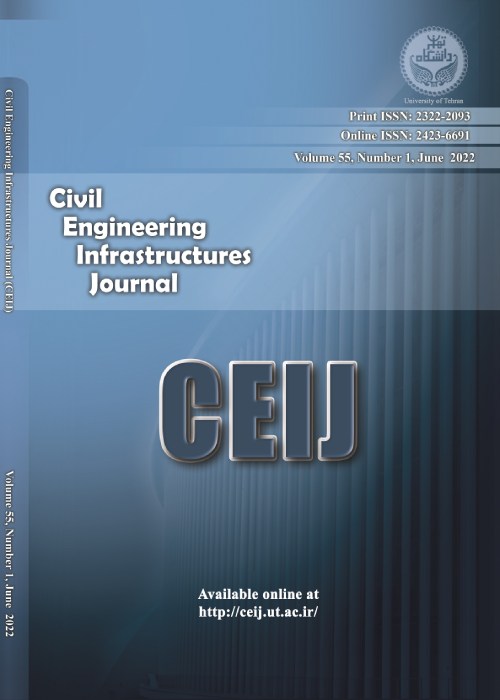Nonlinear Vibration Analysis of Rubber Springs in Suspension Systems of Passenger Trains
Abstract:
Rubber springs could perform the same function of the steel springs in railway vehicle suspension systems and they have benefits of having no wear and rust. They are now successfully being used in both primary and secondary suspension systems of passenger trains. Nonlinear vibration of rubber springs used in suspension systems of passenger trains is studied in this paper. The rubber spring model mainly aims at representing the mechanical behavior of rubber springs for the frequency range of 0±20 Hz. The model is one-dimensional with a relationship between force and motion based on a superposition of elastic, friction and Maxwell visco-elastic forces. Inclusion of a friction force means that increased stiffness at small displacement amplitudes as well as rate-independent damping (hysteresis) can be considered. The validity of the model experimentally has been verified in the literature. A parametric study shows that the rubber spring equivalent stiffness has softening behavior with respect to both amplitude and frequency and its equivalent damping has hardening behavior with respect to both amplitude and the excitation frequency. The nonlinear rubber model is used in a dynamic ride model consists of body, bogies and wheelsets. The excitation here is the surface roughness of the rail which arises from the rail corrugation. The rail roughness is generated randomly by its Power Spectral Density (PSD) for 5 classes of rails according to USA rail classification. Classes 1 to 5 are considered and a dynamic simulation is carried out in order to more identify the rubber spring behavior in suspension systems. The numerical simulation is carried out using MATLAB software and all nonlinearities are exactly modeled. The simulation output here is the level of comfort index obtained by Sperling Comfort Index. A comprehensive parametric study is carried out and the effects of train speed as well as the rubber mechanical properties and the rail class on the comfort indexes and also the equivalent stiffness and damping of the rubber elements are studied. A new linearization technique namely Weighted-Linearization Method (WLM) is proposed in this paper in order to simplify full-nonlinear model. In this method the behavior of nonlinear rubber spring is more magnified in vicinity of the frequency range of 4-6 Hz in which all filter gains are in their highest value (close to 1.0). The aim here is to enhance correlation between the linear and nonlinear model to get similar results for the Comfort Index. The weighting frequency function which is utilized in linearization procedure is the Sperling filter transfer function. Very good correlation is achieved between the results obtained for linear and nonlinear model. It is also found that the classical linearization procedure results in considerable error in calculating comfort indicators.
Language:
Persian
Published:
Civil Engineering Infrastructures Journal, Volume:44 Issue: 2, 2010
Page:
277
magiran.com/p788297
دانلود و مطالعه متن این مقاله با یکی از روشهای زیر امکان پذیر است:
اشتراک شخصی
با عضویت و پرداخت آنلاین حق اشتراک یکساله به مبلغ 1,390,000ريال میتوانید 70 عنوان مطلب دانلود کنید!
اشتراک سازمانی
به کتابخانه دانشگاه یا محل کار خود پیشنهاد کنید تا اشتراک سازمانی این پایگاه را برای دسترسی نامحدود همه کاربران به متن مطالب تهیه نمایند!
توجه!
- حق عضویت دریافتی صرف حمایت از نشریات عضو و نگهداری، تکمیل و توسعه مگیران میشود.
- پرداخت حق اشتراک و دانلود مقالات اجازه بازنشر آن در سایر رسانههای چاپی و دیجیتال را به کاربر نمیدهد.
In order to view content subscription is required
Personal subscription
Subscribe magiran.com for 70 € euros via PayPal and download 70 articles during a year.
Organization subscription
Please contact us to subscribe your university or library for unlimited access!


